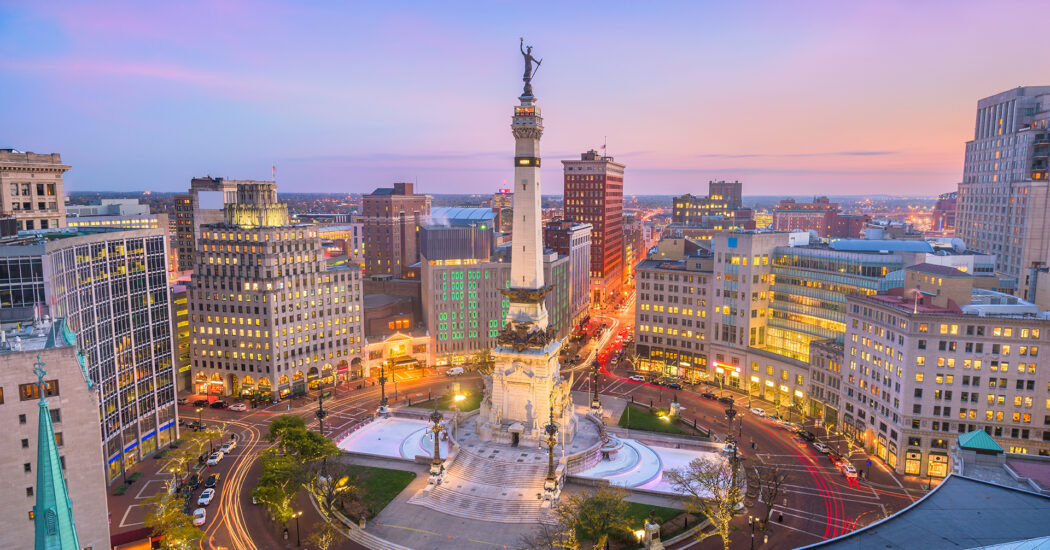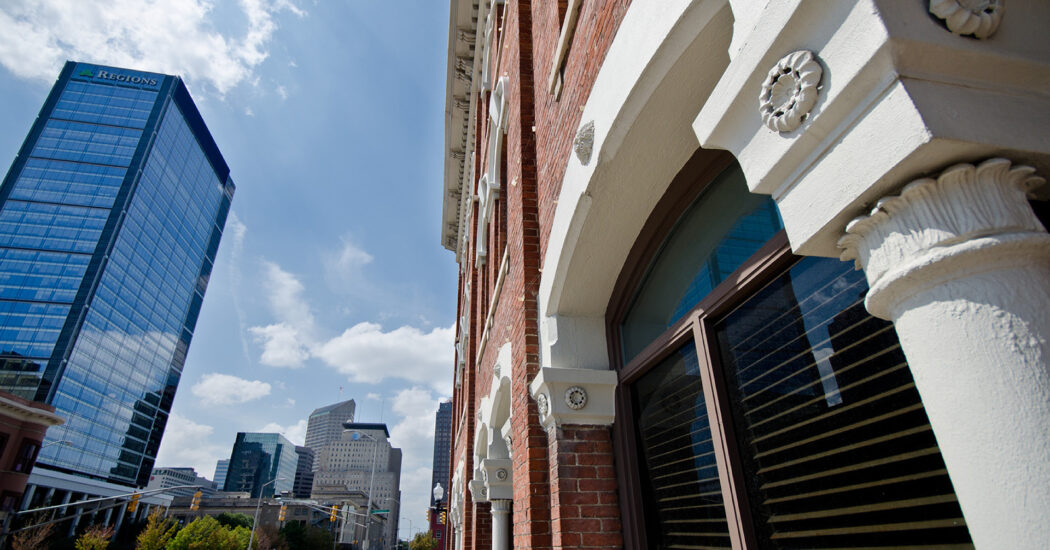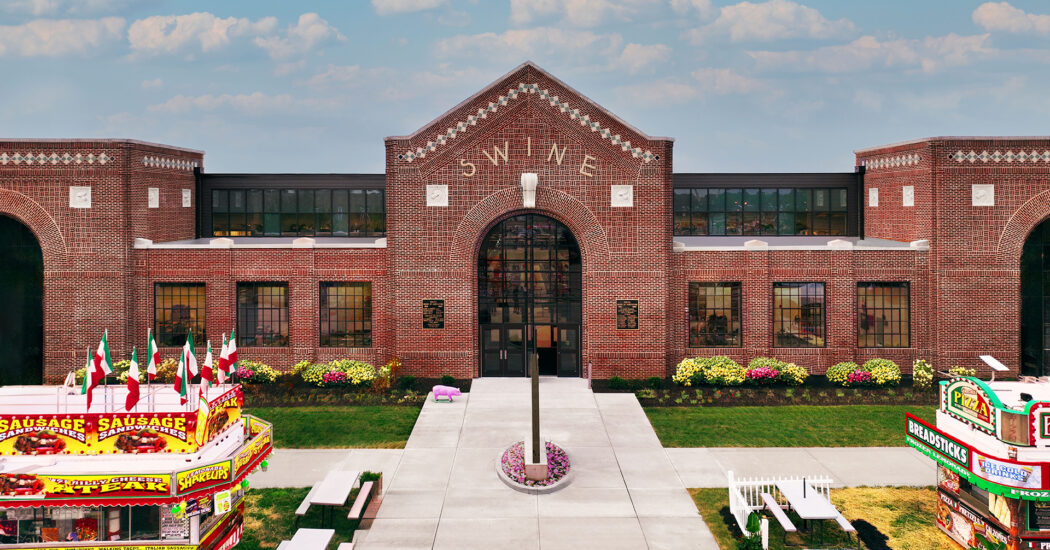The Sweet Side of Beekeeping
-
Category
Studio-Workplace, Studio-Lifestyle, Studio-Community -
Posted By
Schmidt Associates -
Posted On
Jun 18, 2019
Now that we are all ‘resident experts’ with beekeeping, we sat down with Mark Manship to learn a little bit about the honey. Albeit, what most of would consider the best part of beekeeping!
But maybe you haven’t heard the buzz about our bees yet – check out this blog first to catch up.

How long does it take before a hive starts producing honey?
A hive starts to produce honey within a couple of weeks. But it is minimal storage, and they need some honey to feed on. Especially during the winter. It can be a full year before there is honey to harvest.
How much honey does a single hive produce?
Each bee only produces a 1/12th of a teaspoon in its lifetime and travels up to 3 miles to obtain the nectar and pollen it needs. But there are thousands of bees in a hive, and they reproduce quickly. Depending on the hive, you end up with 20 to 60 pounds of honey. Honey is sold by weight, not volume, because of water content.
What are the benefits of HONEYBEE hives?
For the beekeeper, it’s the honey. For hobbyists, it’s not a profitable situation. You also have wax, which we provide to a friend who makes soap, lip balm, and other beauty products. You can also make candles and other wax products. The pollen can also be harvested to be used for boosting immune systems against allergies. Pollen, by weight, is a similar value to gold! With the honey that isn’t high enough quality to sell, we use it to make mead.
The pollination helps flowers, fruit trees, and many other plants reproduce. For commercial beekeeping, the pollination is required for successful agriculture. This is the biggest need since we are an agricultural dependent society. Mass farming production needs bee hives at fruit and vegetable farms for the pollination, or the fruit and vegetables won’t be successful. For example, almonds, oranges, pumpkins, tomatoes, apples, etc. This is 60-70% of the food we consume.
In this area, the only natural pollinators are carpenter and bumble bees. And a very limited variety of honeybees. All others were imported from Europe or East Asia.
Want to know more about our bees? Follow us on social to keep up with the hive!
Twitter | Facebook | Instagram | LinkedIn







